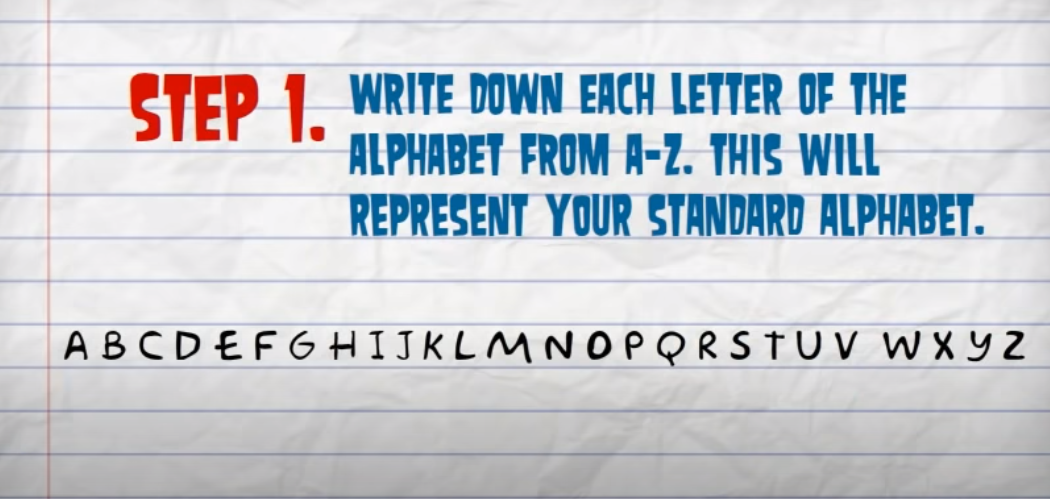

#Caesar cipher decoder code#
ROT47 code for ASCII printable characters, the shift is 47 and reversible ROT5 code for digits, the shift is 5 and reversible ROT13 code, the shift is 13 and reversible

See You (CU) code, C = U, the shift is 18ĬEASAR (with a wrong spelling) where E=A or A=E, the shift is either +4 or -4 (=22)Īny 2-letter code that can give an association between a crypted char and the plain one (see gramograms) This shifting property can be hidden in the name of Caesar variants, eg.:īaden Powell (scoutism founder), B = P, the shift is 14 Program.cs file is your main file where you embed all your "making a change" program code.Caesar cipher is also known as Shift Cipher. By pressing Ctrl +Shift + N, you will get your “New Project” window.Īfter pressing OK, you will get into your Coding Part where you will see three files in Solution Explorer.

If you don’t have the same key, there is no other way you can get the plaintext. Here, it goes via a decryption algorithm which also needs the same shared key that is there on the sender side. to encrypt the plaintext – Ciphertext, the Ciphertext gets transmitted to the receiver. Now, when these three things (plaintext, encryption algorithm and the key) complete their individual work i.e. Now, this key is actually shared between sender and receiver, and no other entity other than sender or receiver must get the key. It will first go to the Encryption algorithm where a secret key is also taking part with algorithm. Here, you can see that a plaintext is ready to be sent to the receiver. The below image will help you understand the Symmetric Cipher Model. At the receiver part, this Ciphertext gets decrypted by some decryption algorithm, so that the receiver can read the message. It has a plaintext that is to be encrypted in Ciphertext via some encryption algorithm, and sent via a secure channel to the receiver. We are taking here about the Symmetric Cipher Model which really is very easy to understand. The key part can be a public or private key depending upon which model you are working on – Symmetric or Asymmetric Model. cryptology - field of both cryptography and cryptanalysisįor any secure communication, there is a need for three things - Encryption Algorithm, Decryption Algorithm, and a Key.cryptanalysis - (code-breaking) study of principles/ methods of deciphering ciphertext without knowing key.cryptography - study of encryption principles/methods.decipher - (decrypt) recovering ciphertext from plaintext.encipher - (encrypt) converting plaintext to ciphertext.key - info used in cipher known only to sender/receiver.cipher - algorithm for transforming plaintext to ciphertext.

So, it is necessary to understand the basic terminology that we will be using in our article. To understand the mess of Information Security is beyond the scope of my article, but I can give you a partial understanding by taking a resourceful model of information security.


 0 kommentar(er)
0 kommentar(er)
